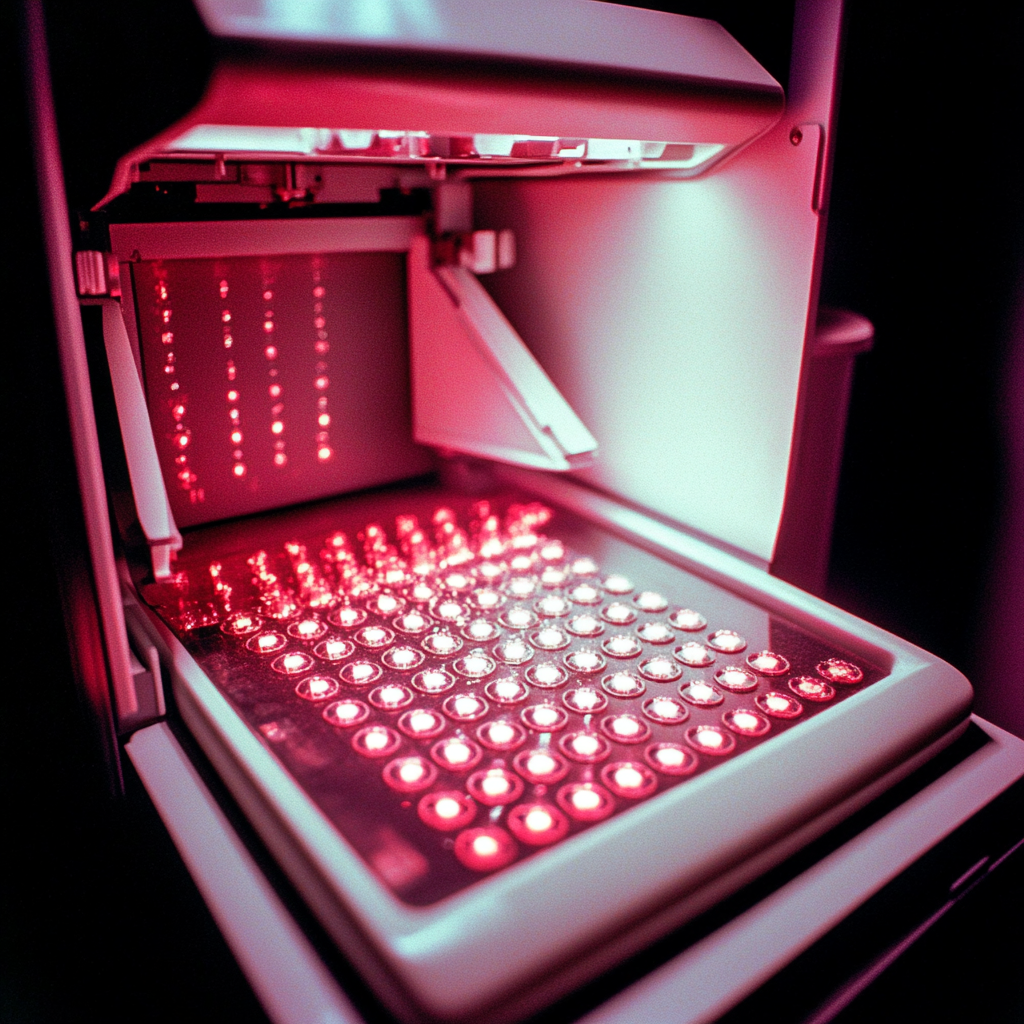PeerJ. 2025 Oct 14;13:e19971. doi: 10.7717/peerj.19971. eCollection 2025.
ABSTRACT
BACKGROUND: Knee osteoarthritis (OA) is characterized by severe pain and decreased range of motion (ROM), mostly managed with conservative treatments. Therapies like platelet-rich plasma (PRP) intra-articular injections have gained fame for pain relief when surgery is a last resort.
OBJECTIVES: To compare the effectiveness of a supervised exercise program versus a home-based exercise program following PRP injections in terms of pain relief, ROM improvement, and disability reduction in knee osteoarthritis patients.
METHODS: A quasi-experimental design was employed, enrolling 32 patients diagnosed with knee OA cases (age range: 40-60 years; 59% female), divided into two groups: a supervised exercise group (n = 16) and an unsupervised/home-based exercise group (n = 16). Both groups received two PRP injections spaced 15 days apart. The supervised group followed a structured exercise protocol, including cold packs post-injection for pain management. The program comprises three sessions per week for one month. The unsupervised group received similar exercises to be performed independently at home. Data analysis was conducted using parametric and non-parametric statistical methods based on data distribution.
RESULTS: Both groups exhibited significant improvements from baseline to post-intervention in pain, ROM, and functional status (p < 0.05). The supervised exercise group demonstrated superior outcomes in pain reduction, knee flexion ROM, and Knee Injury and Osteoarthritis Outcome Score (KOOS). However, no significant difference was observed between groups for knee extension ROM (p = 0.378).
CONCLUSION: Both supervised and unsupervised exercise programs improved outcomes in knee OA patients following PRP injections; the supervised program showed greater pain relief, flexion ROM, and functional status. However, no significant difference was observed in knee extension ROM between the two groups.
PMID:41112750 | PMC:PMC12533533 | DOI:10.7717/peerj.19971
